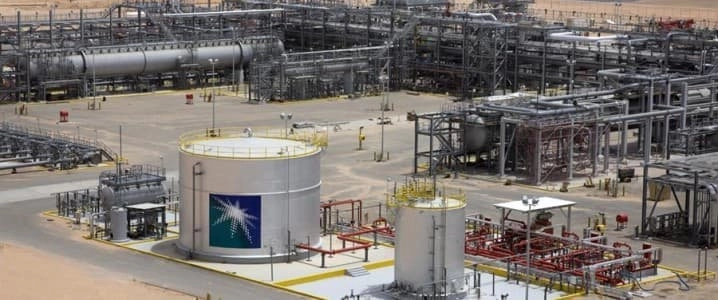- Since its $29.4 billion IPO in 2019, Aramco has delivered just 16% shareholder returnsfar below Exxon, Shell, and Chevron.
- Aramco's results were dragged down by weaker oil prices, slowing Chinese demand, and heavy state spending demands.
- Crown Prince Mohammeds $2 trillion valuation target tied Aramco to funding massive projects like the $500B Neom city.

When Aramco listed on the Tadawul stock exchange in Riyadh, many hailed the move as the listing of the decade and bet on whether it would immediately reach top market cap status. Six years later, Aramco has turned into something of a disappointmentbecause of oil prices.
One could argue with confidence that December 2019 was perhaps not the best time to list a major oil company, but that was only clear in hindsight, after the 2020 Covid lockdowns destroyed demand for crude oil, plunging prices deep down. Yet the rebound in demand that followed the end of the lockdowns certainly benefited all involved in the oil business. Aramco was not an exception, until 2023.
In December 2019, Aramco listed 1.7% of its shares on Tadawul. It raised $29.4 billion from the listing, which gave the company a market capitalisation of $1.7 trillion. Foreign investors were few among those who bought Aramco stock in those early days. There were later reports of a second listing abroad, precisely to attract some foreign shareholders, but those plans never materialized.
Now, Bloombergs columnist Javier Blas writes that Aramcos stock has fallen to the lowest in five years, and has nothing to boast about in the shareholder returns department. For Aramco, the rate of return since its listing has been a grand total of 16%, Blas writes, which is worse than even the heavily sanctioned Russian state oil giant Rosneft, not to mention the private supermajors, whose return rates are over 50% for Exxon, Shell, and Chevron.
Related: U.S. And Great Britain Move To Secure Strategic Advantage In Syria and Libya
Indeed, times have not been the best for the Saudi giant. Stubbornly low oil prices, dragged down by a constant string of forecasts saying demand growth is about to weaken and wither and die in less than five years, have been a major driver of the stock. Physical evidence of weaker demand, as Chinas thirst for oil subsides, has also pressured the stock. Yet it could be argued that the biggest reason for the weaker-than-expected performance of Aramco has been its majority shareholders ambitious spending plans.
When Aramco was preparing its listing, Crown Prince Mohammed had a target figure in mind: $2 trillion. That was the valuation he wanted to see for the Saudi state oil company because he had big plans to diversify the Saudi economy away from its overwhelming reliance on oil export revenues. Now, the Saudi sovereign wealth fund has taken a writedown of $8 billion on those big plans because it can no longer afford to spend so much on thembecause of oil prices.
In fairness, the Saudi economy has been diversifying. Its non-oil GDP is on a stable upward trajectory, with non-oil industries contributing 39% to the countrys GDP in 2024. The big-ticket diversification projects, most notably the $500-billion Neom smart city, have been struggling to make progress. And they have become a drain on Aramco.
That may well have been one reason why foreign investors decided to stay away from the Aramco stock. Despite having the lowest production costs in the world, the Saudi company has a rather high breakeven point because of its role as a cash cow for the Saudi government. Indeed, Aramco has reportedly had to borrow in order to be able to keep paying dividends this year. It posted a 20% slump in profits for the second quarter on weaker oil prices and also reported higher operating costs.
Our long-term strategy is consistent with our belief that hydrocarbons will continue to play a vital role in global energy and chemicals markets, and we are ready to play our part in meeting customer demand over the short and the long term, Aramcos CEO, Amin Nasser, said at the release of the Q2 results. That is very likely the case, indeed. But in the short term, the Saudi government may have to revise its spending plans.
By Irina Slav for Oilprice.com
More Top Reads From Oilprice.com



